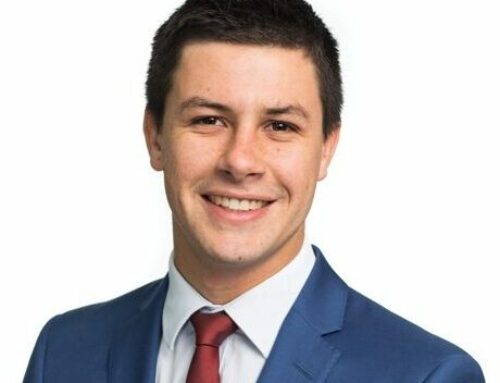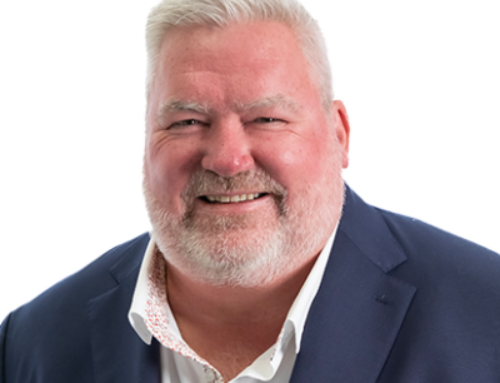Why digital?
I wasn’t always in digital. I started as a subsea engineer before moving into construction where I became a mechanical engineer. I always had an interest in controls and digital though and after a year’s stint doing data centre work with the London electrical team I decided I wanted to forge a path in controls and smart buildings consulting.
We had a major tech client’s first European smart building project at the time in London. I went to lead, or co-lead, 4 more projects with this client across Europe as a digital building consultant, as well as working with a range of other clients.
This is reflected in me being listed on the National Engineering Register (NER) under 3 different disciplines.
What’s the trickiest problem you’ve solved?
It’s hard to pick one problem. The early days of this major tech client’s business operating system meant getting involved with a lot of interesting and cutting edge technical issues for the smart building industry. Sometimes, it can be fun just to figure out how to create a management system around something that doesn’t have an interface to integrate with.
I’ve found that, often, there’s real value on-site in helping builders to resolve conflicts between subcontractors. In the smart buildings world, there’s a lot of integration and coordination required and sometimes this leads to trades being at loggerheads. I’ve run a number of root cause analysis sessions to help determine the path forwards and responsibilities.
What’s a digital myth you’d like to debunk?
That a smart building is a product. People often just want to be given one. We can deliver what we’d consider to be best practice or industry leading, however, it’s not likely to generate true value unless the design is actually linked to a business’s needs and aspirations.
Similarly, it needs a champion that will take it on to ensure that it gets adopted. Technology that isn’t adopted and well-utilised is wasted effort. This means user-engagement, updating service contracts and having a framework for using the data provided to drive value.
These are all things we can help with but we can be pigeonholed to the traditional consultancy role of design, oversee and walk away. In the smart buildings space we want to be involved in the upfront strategic thinking and would much rather follow the building into operations to help with adoption.
What do you do outside of work that helps fuel your creativity and commitment to digital?
I scuba dive, play golf, go the gym, love food and cooking and enjoy a good beer. I play around with home automation too, of course!
Which engineer has taught you the most?
I’ve learned a lot from different people about different things. Technically, especially in the digital space, I learned most from Oliver Barker who is now the Master System Integrator Director for Lloret in London.
I’ve also learned a lot about general construction, project leadership and client businesses from a range of people across NDY in both London and Melbourne.
What’s the biggest thing you’ve learned at NDY?
Focusing on delivering value and understanding your client. Different clients have different business and personal needs across different types of work. It’s so important to understand what matters and make sure your efforts are best directed.
What professional relationships do you value the most?
I think professional relationships are important across the whole industry spectrum from clients through to contractors and vendors. Strong relationships with clients allows us to have more impact in an advisory capacity while strong relationships with contractors and vendors is essential to help us understand how all the pieces of a technology puzzle can be best assembled to get the best outcomes for our clients and avoid issues in delivery.
If you could change one thing about the built environment, what would it be?
How tightly bound it can be to the status quo. There’s a strong industry inertia at all levels and that has to be overcome to make change. This is somewhat conflicting with the world of technology which changes significantly every 5 years. Managing those differences can be challenging but also adds to the fun.
What does Making Spaces Work mean to you?
For me, it’s about ensuring that you know what ‘work’ really means and then delivering on that.
Tell us something that not many people know about you.
I had photos I took while living in Brazil published in international media.










